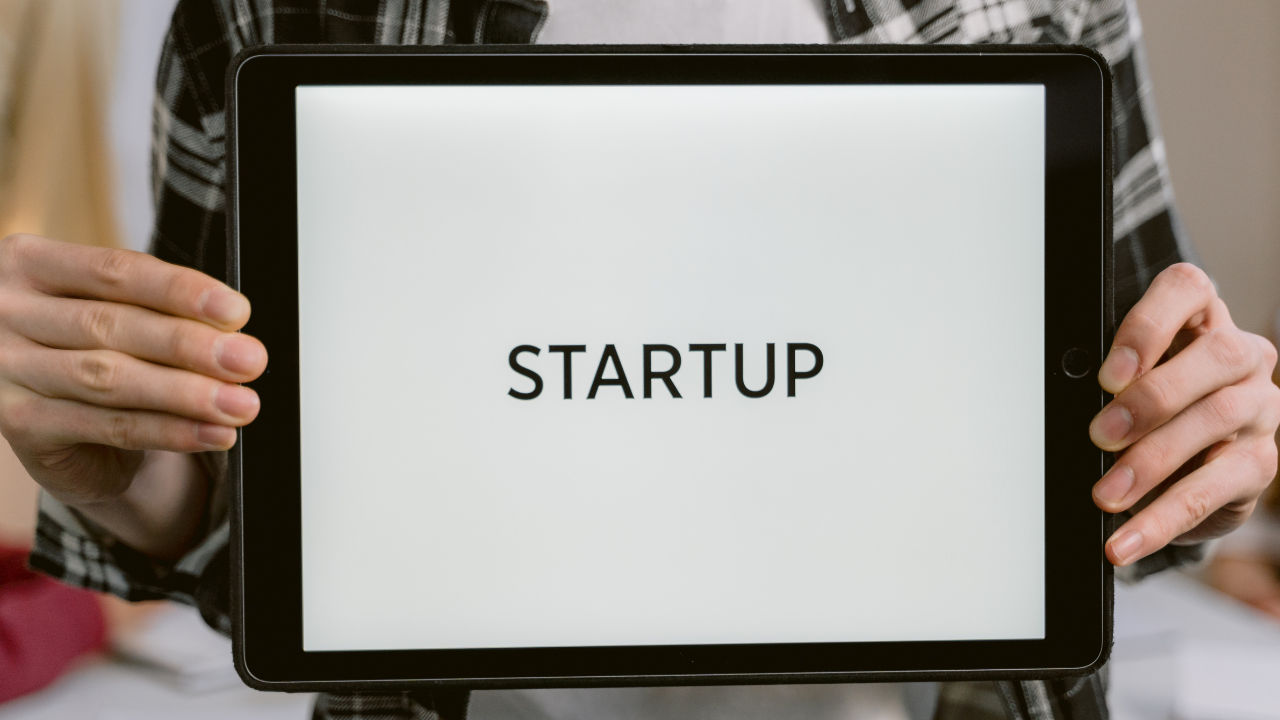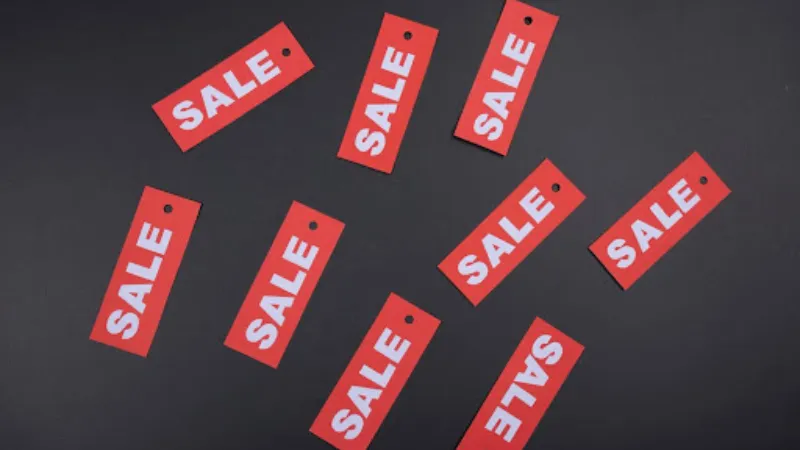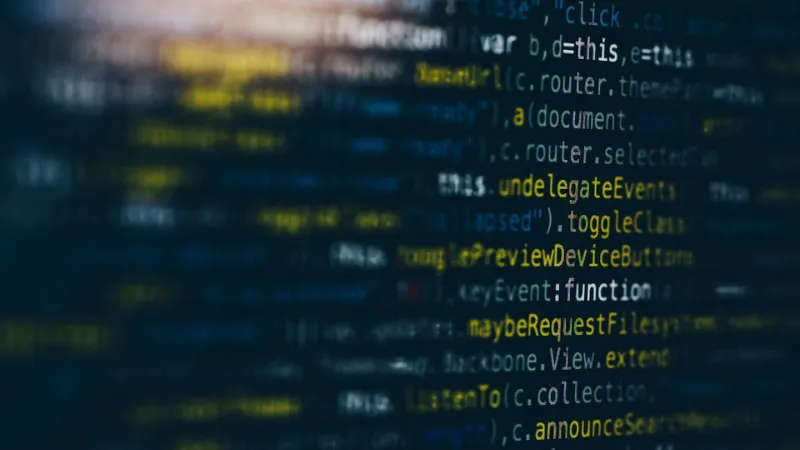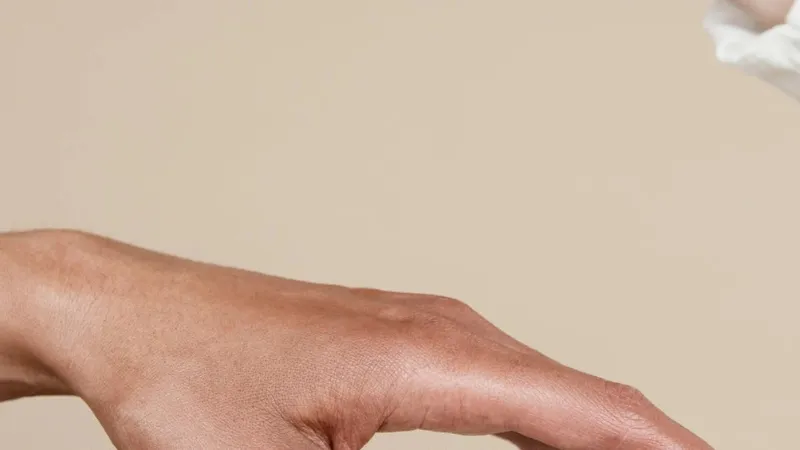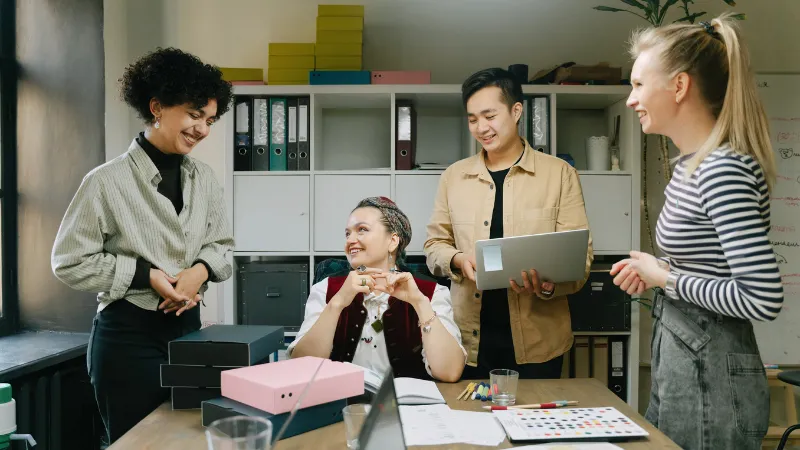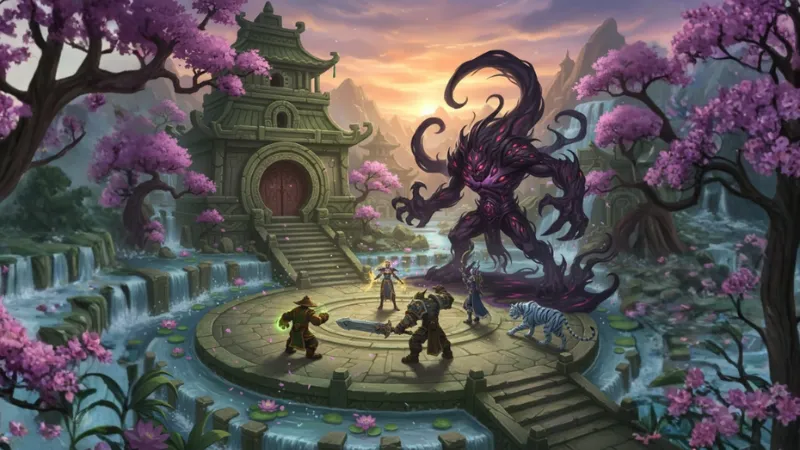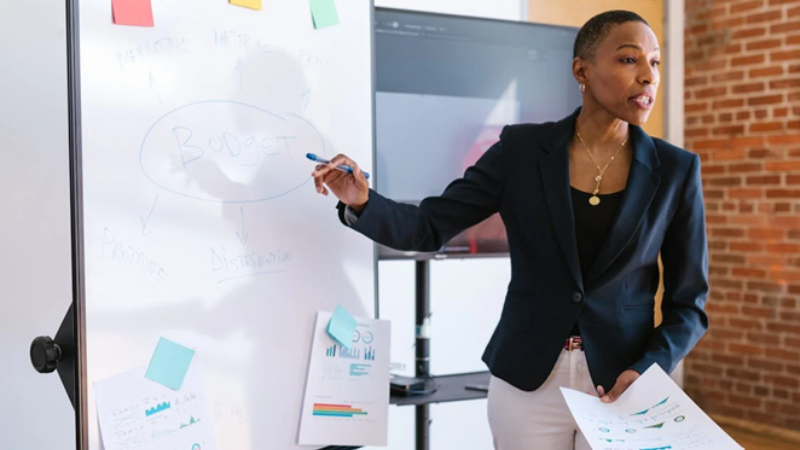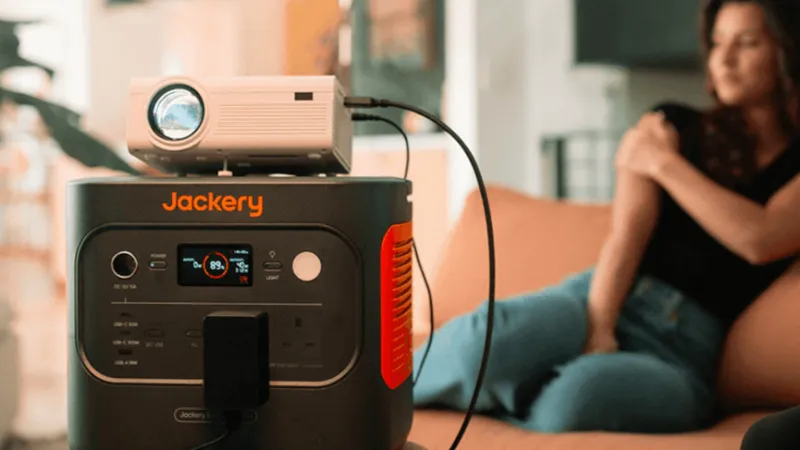
We spoke with Irene Varfolomeeva, co-founder of 4girls.ai, about why the future of AI must include girls, how early exposure changes everything, and what it takes to close the gender gap in tech — for real.
What exactly is 4girls.ai, and why did you build it?
“At 4girls.ai, we’re not just another online learning platform. We’re a global initiative focused entirely on girls and AI. Think of it like Coursera — focused, personal, and built for real impact. We connect girls with opportunities to explore AI early, work with real technology, and build confidence before they ever step into a university classroom. We also work closely with governments, educators, and global companies like Microsoft to make this access possible across countries, especially in places where girls are underserved.”
And why focus on girls so specifically?
“Because the numbers speak for themselves. Women make up less than 22% of AI professionals worldwide. In some technical fields, it's below 15%. In Europe, only 1 in 3 STEM graduates are women — and far fewer go on to careers in AI. Without action, the gender gap in AI will only grow — and so will the bias in the systems it creates.”
“We still hear people say things like, ‘AI and girls? What do they have in common?’ And that question is the problem. Girls absolutely have the skills needed to build great AI — creativity, empathy, complex problem-solving. These are the human strengths AI needs more of. If we want AI that’s safe, responsible, and useful to society, we need more women shaping it.”
So how are you helping change that reality on the ground?
“We support girls at every step — from access to early AI education, through school and university, and into careers. Some of our programs are paid, others are free thanks to partners like Microsoft and public grants. It’s a mix that keeps things sustainable and inclusive. We offer internships, workshops, real-world courses, and company-sponsored hackathons where girls get hands-on experience. It’s about building a full pipeline, not just running one-off events.”
Tell us more about your goal to reach 1 million girls by 2035. That’s ambitious.
“Yes — but necessary. Our aim is to reach one million girls globally with AI learning opportunities, tools, and mentorship by 2035. And we’re on our way. We’re already working across Europe through our AI Literacy Index — a country-by-country research effort that helps us understand where girls stand today, where the biggest gaps are, and how we can bridge them. This isn’t just about the global South — we’re seeing underserved regions in Europe too, like parts of Eastern Europe where girls often have little exposure to AI.”
And how can companies or governments get involved?
“We’re building real bridges between the AI industry and future female talent. Through exclusive partnerships, we help companies invest in the next generation while giving girls meaningful experiences. Here's how they can work with us:
Internships – real AI experience for girls, future talent for companies
AI Literacy Library and Custom Courses – industry-led training that links tech to real-world needs
Workshops – interactive sessions using company tools and platforms
Hackathons – AI-for-Girls challenges that spark creativity and problem-solving
It’s not about charity. It’s about building a stronger, more diverse AI ecosystem — and that’s good for everyone.”
Last question — what’s the moment that made you realize this mission truly matters?
“One evening, I was telling someone about 4girls.ai, and he said, ‘AI and girls? What do they have to do with each other?’ And that reaction is exactly why we exist. We're here to change that mindset. We want girls to grow up seeing themselves as creators of AI — not just consumers of it. We want them to lead startups, design safer tech, and build solutions that reflect more voices.”
“And this isn’t about making the numbers look better. It's about better AI. If more women are involved in building these systems, the results will be more thoughtful, inclusive, and human. That’s our mission — and we’re just getting started.”


 Follow us
Follow us Follow us
Follow us
